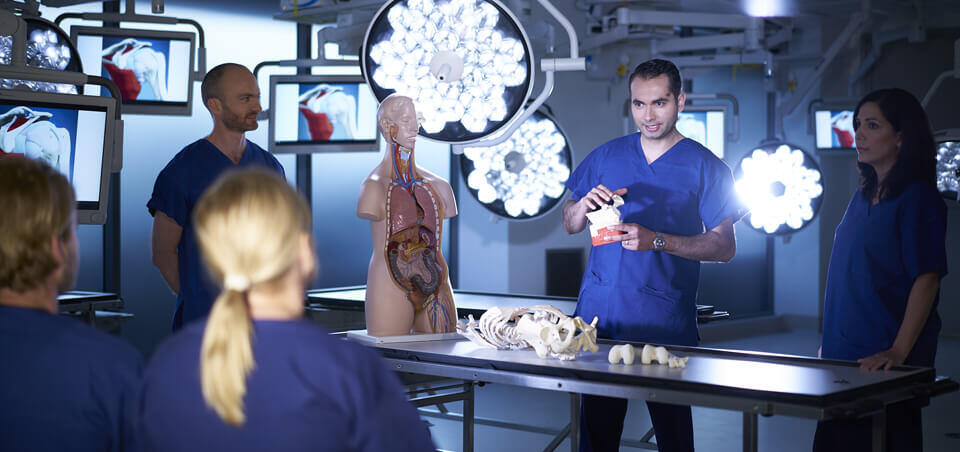Elbow Stiffness and Contracture
Knowledge that empowers
What is it?
A stiff or contracted elbow is a challenging problem to manage. It results in restricted range of motion and difficulty performing activities of daily living.
The causes are various. Most frequently conditions that cause deposits of bone to form in the elbow joint such as arthritis or after significant trauma. Other causes are surgery, cerebral palsy, traumatic brain injury, burns or prolonged immobilization.
A stiff elbow may also be caused, or be contributed to, by shortening or contracture of the soft tissue capsule that surrounds the elbow joint. These contractures may occur in the joint capsule, ligaments and muscles.

Who is affected?
It is common to see a stiff or contracted elbow in patients with conditions like arthritis, or in those who have had an injury to one or more of the structures that surrounds the elbow joint like those seen in a ligament injury or elbow dislocation.
What are the symptoms?
Typically those with a stiff or contracted elbow will experience a loss of normal range of motion at the elbow.
This may occur in one or more movements that occur at the elbow including flexion (bending), extension (straightening), supination (palm up) and pronation (palm down).
Pain typically accompanies the stiffness. It can be in mid-arc of motion may indicate joint pathology, or at the extremes of flexion and extension indicating bony or soft tissue pathology.
How is the diagnosis made?
A physical examination of the elbow is normally a reliable way of differentiating between whether bone or soft tissue is causing stiffness at the elbow.
X-rays and CT scans help identify bony abnormalities that may cause restricted elbow range of motion.
MRI is rarely indicated to identify soft tissue pathology.
What is the prognosis?
This very much depends on the underlying cause, and extent of the restriction in range of motion.
Patients are able to perform activities of daily living if elbow ROM of 30° (extension) to 130° (flexion), 50º pronation and 50º supination is achieved.
Stiffness caused by bony abnormalities in the joint usually cannot be managed effectively without surgery.
Non surgical treatment
Physiotherapy is more likely to be effective for soft tissue contractures of the elbow. Treatment may include the use of heat, stretching and splinting. In some cases, a static progressive splint may need to be worn to add extra pressure to help stretch out contracted soft tissues.
Surgical treatment
Surgery for a stiff or contacted elbow usually involves open surgery.
This surgery may include excision of prominent bony abnormalities, removal of loose bodies and release of shortened pathological soft tissues like the joint capsule of the elbow or individual bands of the elbow ligaments.
Rehabilitation after surgery is extremely important to maximise range of motion gained with the surgical procedure, whilst reducing the risk of the stiffness returning. This process may take 3-4 months in total and requires regular physiotherapy review. Exactly what therapy is required after surgery depends on exactly which movement/s are restricted and what soft tissues were released during surgery.
